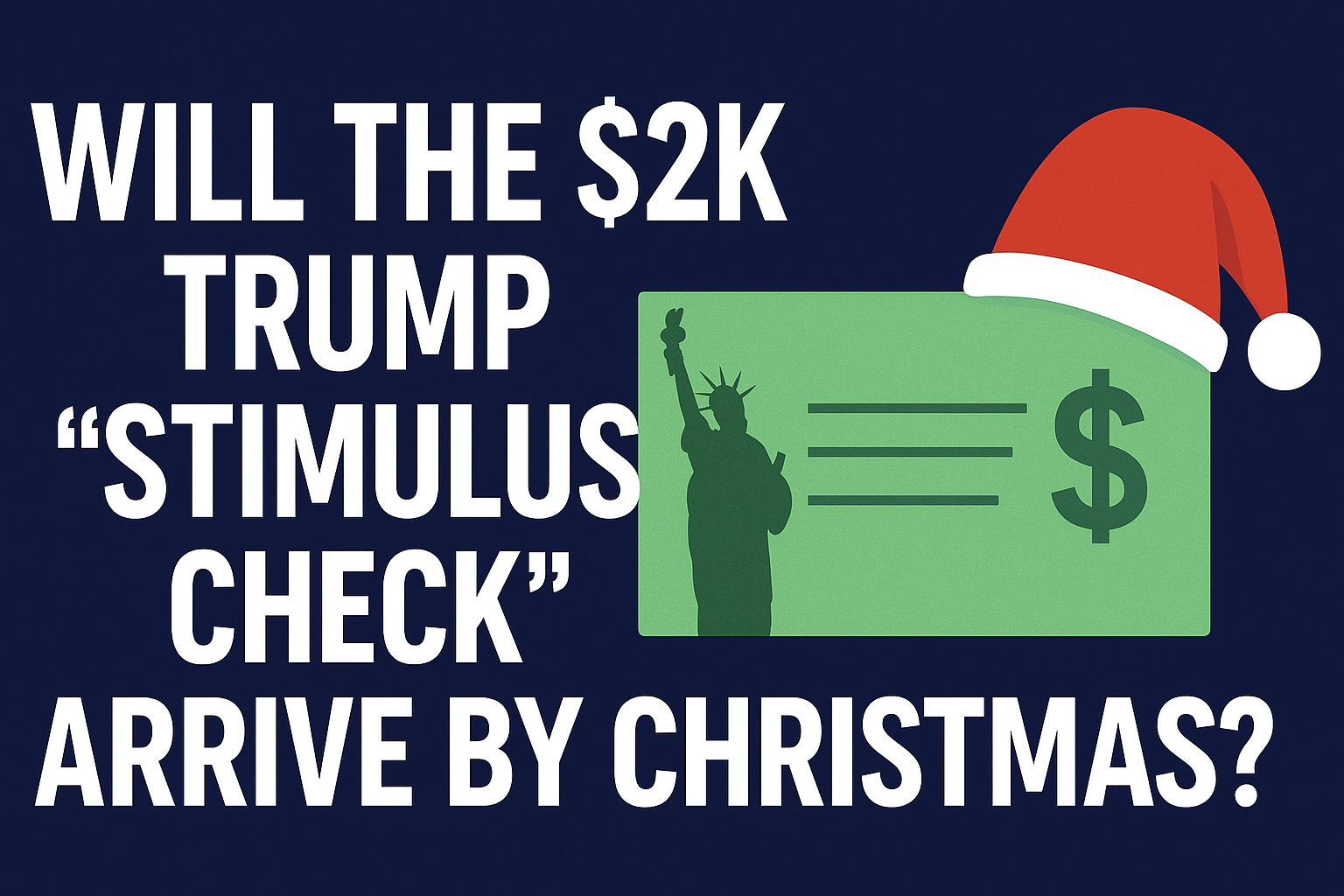Key Takeaways
- Blackstone controls hundreds of thousands of U.S. housing units through strategic acquisitions and subsidized programs
- Institutional investors use perpetual capital, public subsidies, and local ownership clusters to dominate rental pricing
- Small investors must monitor zoning changes, form alliances, and track low-ownership areas to avoid being edged out
The Silent Housing Takeover No One Voted For
Blackstone isn’t just investing. It’s restructuring the meaning of home ownership in America.
Backed by more than $1 trillion in assets, the world’s most powerful private equity firm is making a second aggressive pass at American neighborhoods. This time, it’s quiet, calculated, and far more permanent.
Here’s how the shift is unfolding, why small investors are being crushed, and how institutional power is rewriting the American Dream.
The Rise of Blackstone in U.S. Housing
Blackstone began as a leveraged buyout firm in the 1980s. Today, it owns or has stakes in at least 274,000 housing units, making it one of the largest landlords in the country.
From distressed properties after 2008 to the newly acquired Tricon Residential in 2024, Blackstone has evolved into a real estate machine. Its portfolio spans:
- BREIT (Blackstone Real Estate Income Trust)
- Tricon Residential (58,000+ single-family rentals)
- April Housing (70,000+ subsidized units)
The firm’s reach extends into mobile home parks, student housing, and even affordable housing programs, blurring the lines between private control and public interest.
The Institutional Advantage
Institutional buyers like Blackstone have a built-in edge:
- Perpetual capital funds allow for long-term holding, unlike flippers or buy-and-hold individuals who rely on short-term cash flow
- Tax-advantaged structures, performance fees, and asset-based fees bring billions in passive income
- Subsidies from government programs quietly cycle into their balance sheets through public-private partnerships
While mom-and-pop investors fight for scraps, giants like Blackstone operate with nearly unlimited cash, political influence, and media silence.
BREIT, Tricon, and April Housing: The Strategic Trifecta
Each pillar of Blackstone’s housing empire serves a specific function:
- BREIT allows continuous investment with long-term, never-sell intentions
- Tricon Residential bolsters control over single-family homes across Sunbelt states
- April Housing monetizes government-subsidized properties by extending tax credit affordability terms while profiting from guaranteed tenant demand
This integrated approach enables Blackstone to benefit from every market cycle, regardless of housing prices.
Micro-Monopolies and Rent Inflation
Blackstone doesn’t need to own a city. It just needs to own enough of the right blocks.
In areas where the company controls clusters of homes or buildings, rent prices can be set at will. These micro-monopolies create artificial scarcity and pricing power.
Examples include:
- Sunbelt neighborhoods where institutional ownership exceeds 20 percent
- Urban apartment complexes with shared maintenance and management pipelines
- Entire communities shaped around corporate ownership, removing local pricing influence
The result is persistent rent increases with no alternative for renters.
Government Silence and Legislative Gaps
Despite public pressure, lawmakers remain largely quiet.
Why:
- Lobbying and campaign contributions keep institutional investors off the regulatory radar
- Proposed zoning reforms stall under pressure from donor-backed politicians
- Rent control debates are often dismissed as anti-development, ignoring the imbalance of ownership
As institutional landlords tighten their grip, public trust in government to protect affordability is vanishing.
The Rent-for-Life Future
For millions, the concept of homeownership is fading fast:
- High interest rates and strict lending exclude first-time buyers
- Local zoning restrictions prevent new supply
- Wages fail to keep pace with institutionally driven rent hikes
This creates a rent-for-life society where ownership becomes a luxury and permanent tenancy the default.
What Investors Must Watch Now
To survive in this shifting market, small and mid-sized investors must act fast:
- Track zoning proposals and understand how institutional capital is influencing local policy
- Identify low-institutional-ownership zones for future acquisitions
- Consider partnering or syndicating to compete on larger deals
Blackstone’s strategy isn’t going away. Investors must adapt or risk being edged out entirely.
The Public Backlash
Outrage is rising:
- Tenants are suing landlords in record numbers, including Blackstone itself in cases like Stuyvesant Town in New York
- Voters are organizing against unregulated institutional expansion
- A cultural rebellion is building against what many now call housing feudalism
Distrust in markets, politicians, and institutions is transforming into a movement demanding real accountability.
Assessment
Ownership in the United States is being rewritten behind closed doors.
While local investors argue over property taxes and interest rates, global capital is buying cities block by block.
Blackstone isn’t playing a temporary game.
It’s building a long-term power structure fueled by subsidies, legal loopholes, and strategic silence.
Investors who ignore this transformation do so at their peril. The future belongs to those who understand how the rules are being rewritten and respond accordingly.













